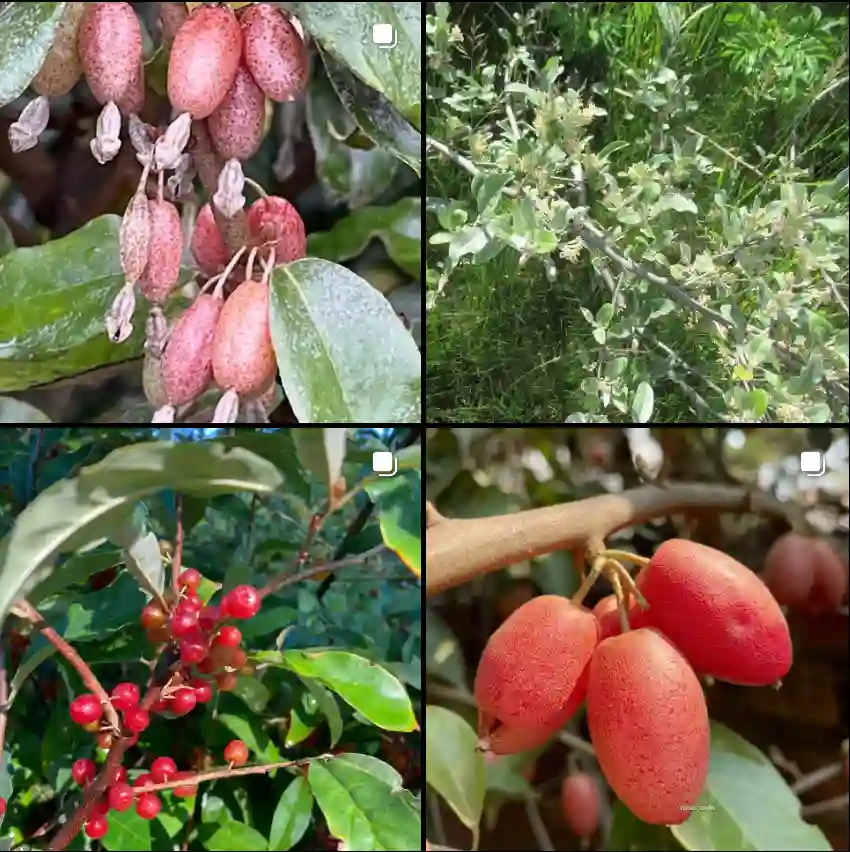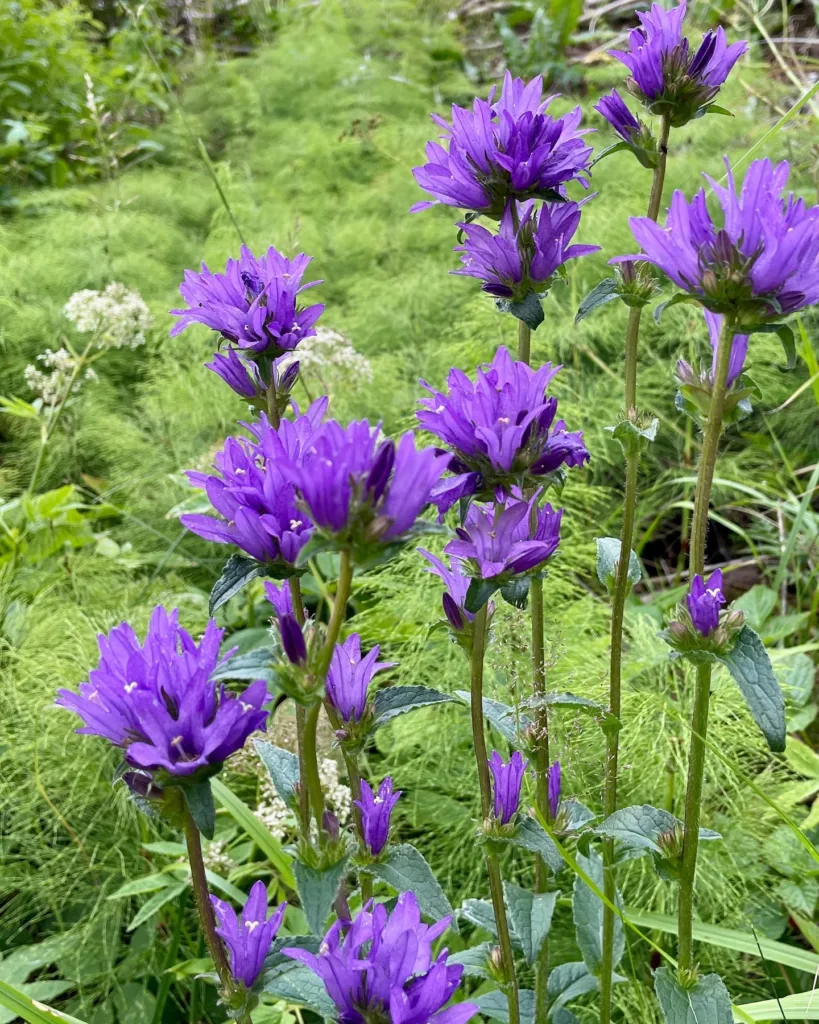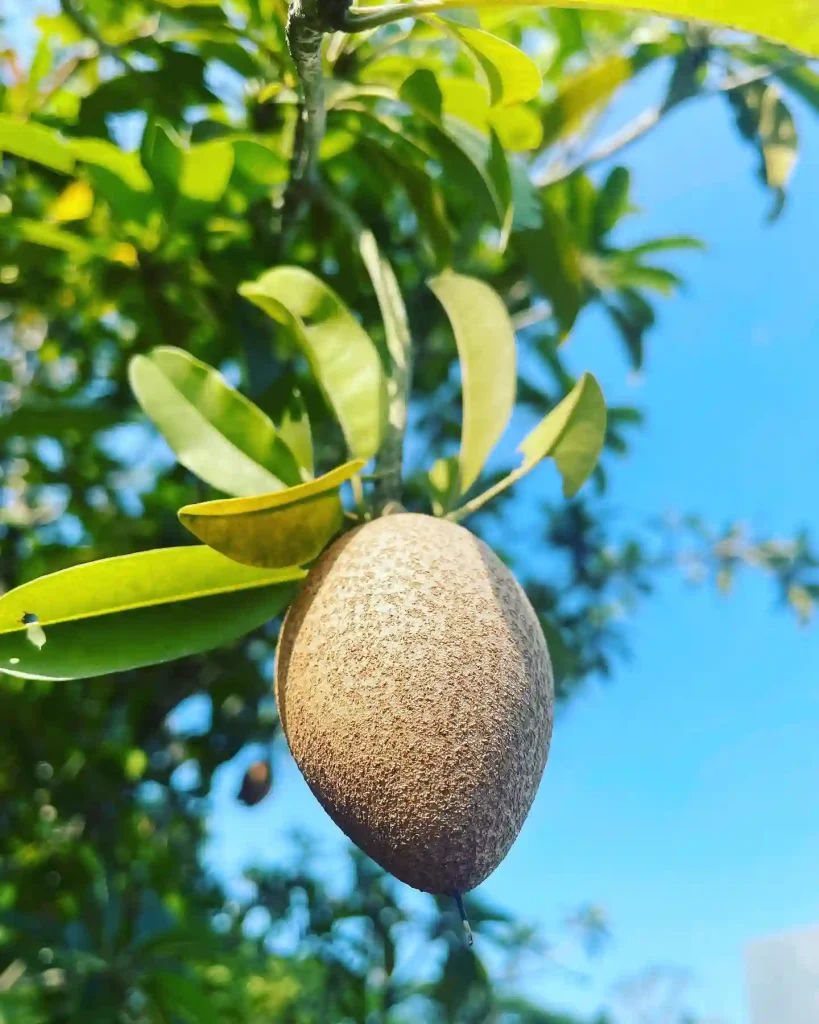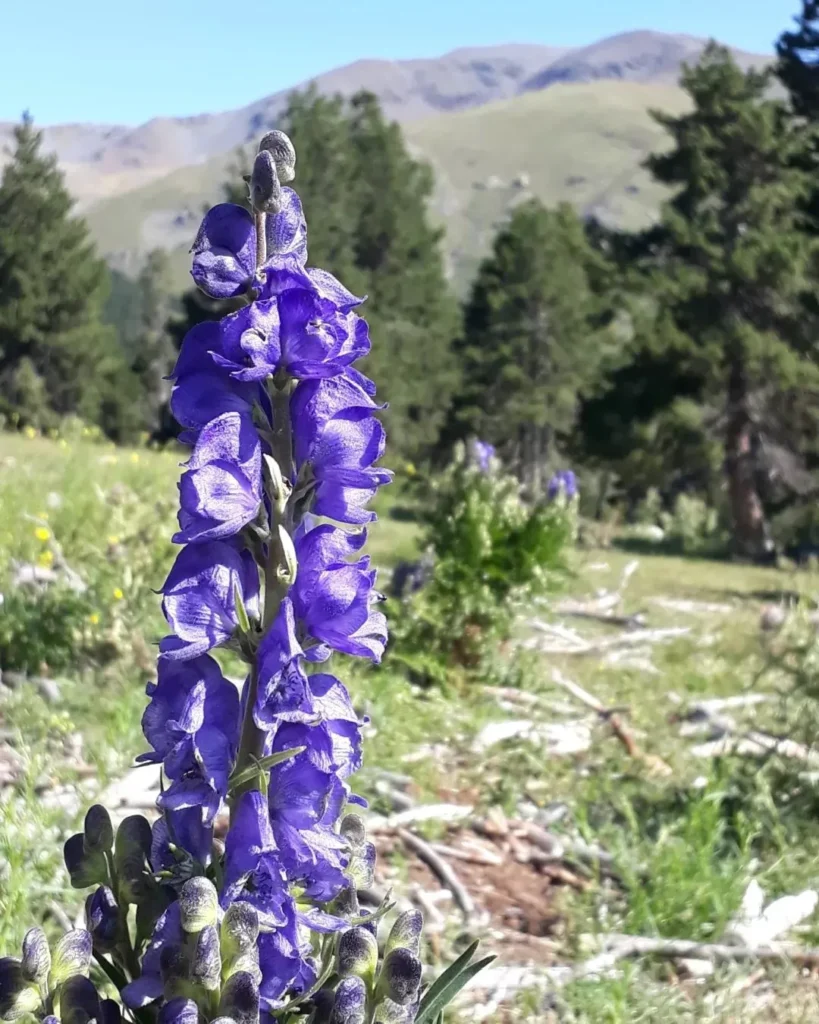Frequently Asked Questions About Ceratostema Pendens
Ceratostema Pendens, also known as the pendant blueberry, is a unique and fascinating plant that captures the attention of many plant enthusiasts. I’ve had the pleasure of growing this stunning plant, and it never fails to impress me with its delicate hanging flowers and intricate growth habits. Let’s dive into some of the frequently asked questions about Ceratostema Pendens, and I’ll share my personal insights along the way.
What is Ceratostema Pendens?
Ceratostema Pendens is a member of the Ericaceae family, commonly known for plants like rhododendrons and blueberries. This particular species is native to the cloud forests of Ecuador, thriving in cool, humid environments. What makes this plant special is its long, pendulous flowers that resemble small lanterns or even tiny blueberries hanging from the branches.
The flowers of Ceratostema Pendens are tubular, often red or pink, and they bloom throughout the year, adding a touch of elegance to any garden or indoor collection. The plant itself has woody stems and can grow as a shrub or vine, depending on how it’s cultivated. Its unique appearance makes it a sought-after plant for collectors who enjoy growing rare and unusual species.
How to Care for Ceratostema Pendens?
When it comes to caring for Ceratostema Pendens, replicating its natural environment is key. Since this plant originates from cloud forests, it thrives in cool, shaded conditions with high humidity. Here are the essential care tips:
Light Requirements
Ceratostema Pendens prefers bright, indirect light. Too much direct sunlight can scorch its delicate leaves, while too little light can cause the plant to become leggy. I keep mine in a spot where it gets filtered light, mimicking the dappled sunlight of a forest canopy.
Watering
This plant loves moisture, but it doesn’t like to sit in water. I water my Ceratostema Pendens regularly, ensuring the soil stays evenly moist but not soggy. During the warmer months, I increase the watering frequency, while in cooler months, I let the top inch of soil dry out slightly between waterings.
Humidity
High humidity is crucial for Ceratostema Pendens. I’ve found that keeping the humidity level above 60% is ideal for healthy growth. Using a humidifier or placing the plant on a humidity tray filled with water and pebbles can help maintain the moisture level around the plant. In drier environments, regular misting can also be beneficial.
Soil
A well-draining, acidic soil mix is best for Ceratostema Pendens. I use a mix designed for acid-loving plants, similar to what I’d use for rhododendrons or azaleas. The soil should be rich in organic matter but also light enough to allow for proper drainage.
Temperature
Ceratostema Pendens prefers cooler temperatures, ideally between 50-70°F (10-21°C). It doesn’t tolerate extreme heat well, so during the hotter months, I move my plant to a cooler area to avoid any stress. It’s essential to avoid frost as well, as this can severely damage the plant.
How to Propagate Ceratostema Pendens?
Propagating Ceratostema Pendens can be a bit challenging, but it’s definitely possible with some patience and care. The most effective method is through stem cuttings.
Taking Cuttings
I usually take cuttings in the spring or early summer when the plant is actively growing. I select a healthy, semi-hardwood stem and cut a section about 4-6 inches long. After removing the lower leaves, I dip the cut end in rooting hormone to encourage root development.
Rooting the Cuttings
The cutting is then placed in a well-draining, moist soil mix, similar to what the mature plant prefers. I cover the cutting with a plastic bag or place it in a propagation chamber to maintain high humidity, which is crucial for successful rooting. It typically takes several weeks for roots to develop, so patience is key.
What to Plant with Ceratostema Pendens?
Ceratostema Pendens pairs beautifully with other shade-loving, humidity-loving plants. I’ve had success growing it alongside ferns, mosses, and other cloud forest plants that thrive in similar conditions. Some great companion plants include:
- Ferns: Their delicate fronds complement the graceful flowers of Ceratostema Pendens.
- Mosses: They add a soft, lush ground cover that enhances the overall aesthetic.
- Orchids: Many orchids enjoy similar environmental conditions, and their contrasting blooms can create a stunning visual display.
Common Issues with Ceratostema Pendens
Even with the best care, Ceratostema Pendens can face some challenges. Here are a few common issues and how I handle them:
Leaf Drop
If your Ceratostema Pendens starts dropping leaves, it could be due to environmental stress, such as low humidity, inadequate watering, or sudden temperature changes. I usually assess the growing conditions and make adjustments as needed to ensure the plant is in a stable environment.
Pests
This plant is relatively pest-resistant, but like any other, it can occasionally attract pests like aphids or spider mites. Regularly checking the plant and wiping down the leaves with a damp cloth helps keep these pests at bay. If an infestation occurs, I use insecticidal soap or neem oil to treat the problem.
Yellowing Leaves
Yellowing leaves can indicate overwatering or nutrient deficiencies. If I notice yellowing, I first check the soil moisture and adjust my watering schedule if needed. Occasionally, I’ll feed the plant with a diluted, balanced fertilizer during the growing season to ensure it’s getting the nutrients it needs.
Final Thoughts
Ceratostema Pendens is a truly unique plant that adds an exotic touch to any collection. Its delicate hanging flowers, combined with its specific care needs, make it a rewarding challenge for plant enthusiasts. With the right environment and care, this plant can thrive and become a beautiful focal point in any indoor or outdoor garden.
If i die, water my plants!



